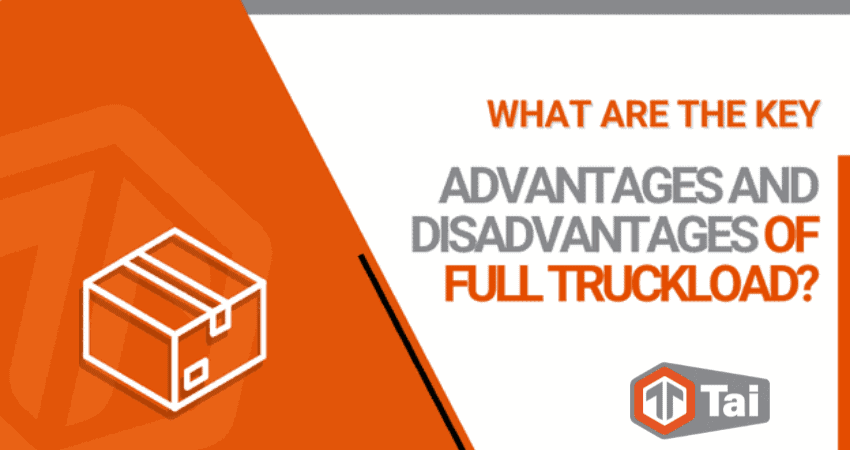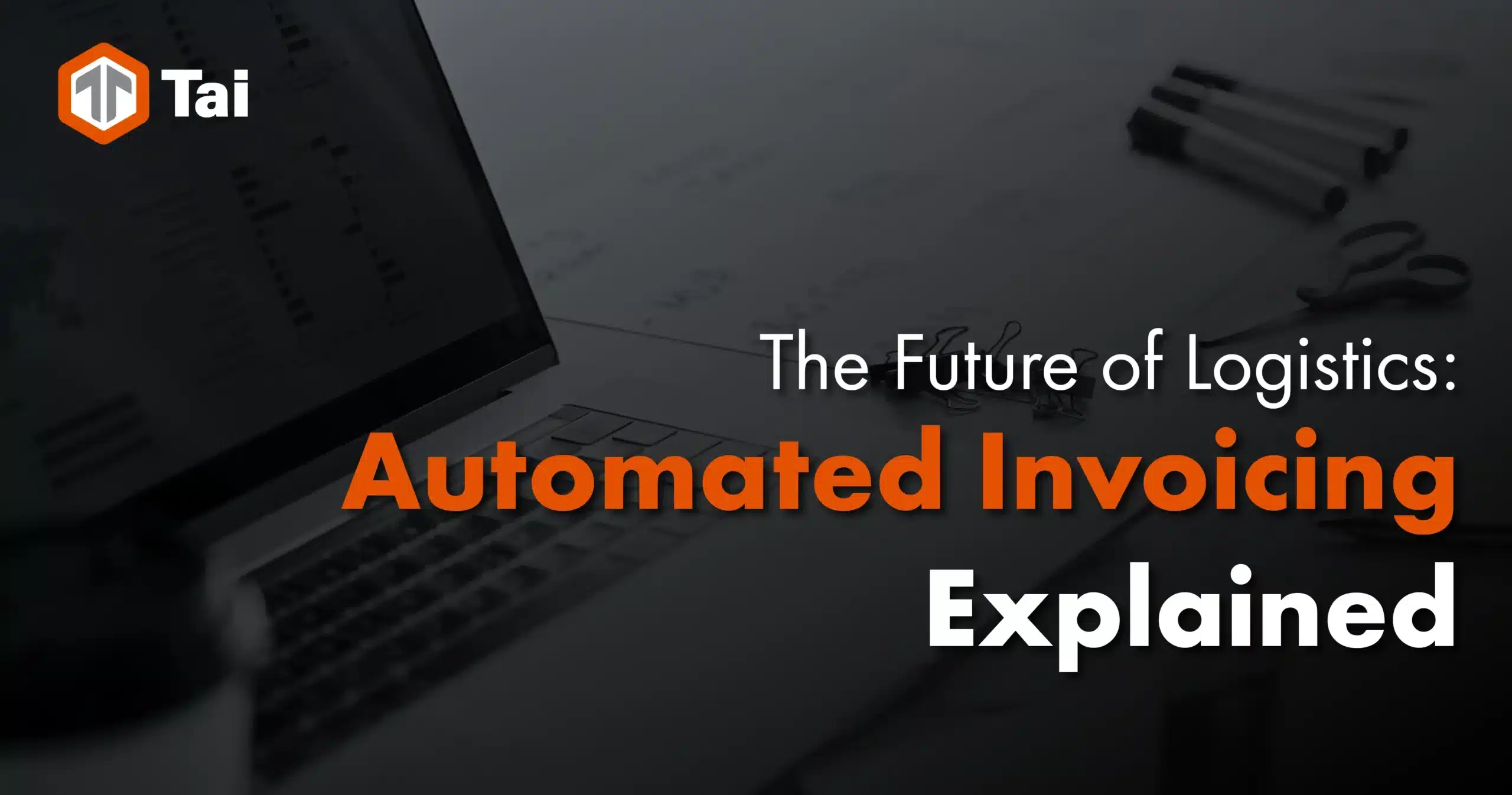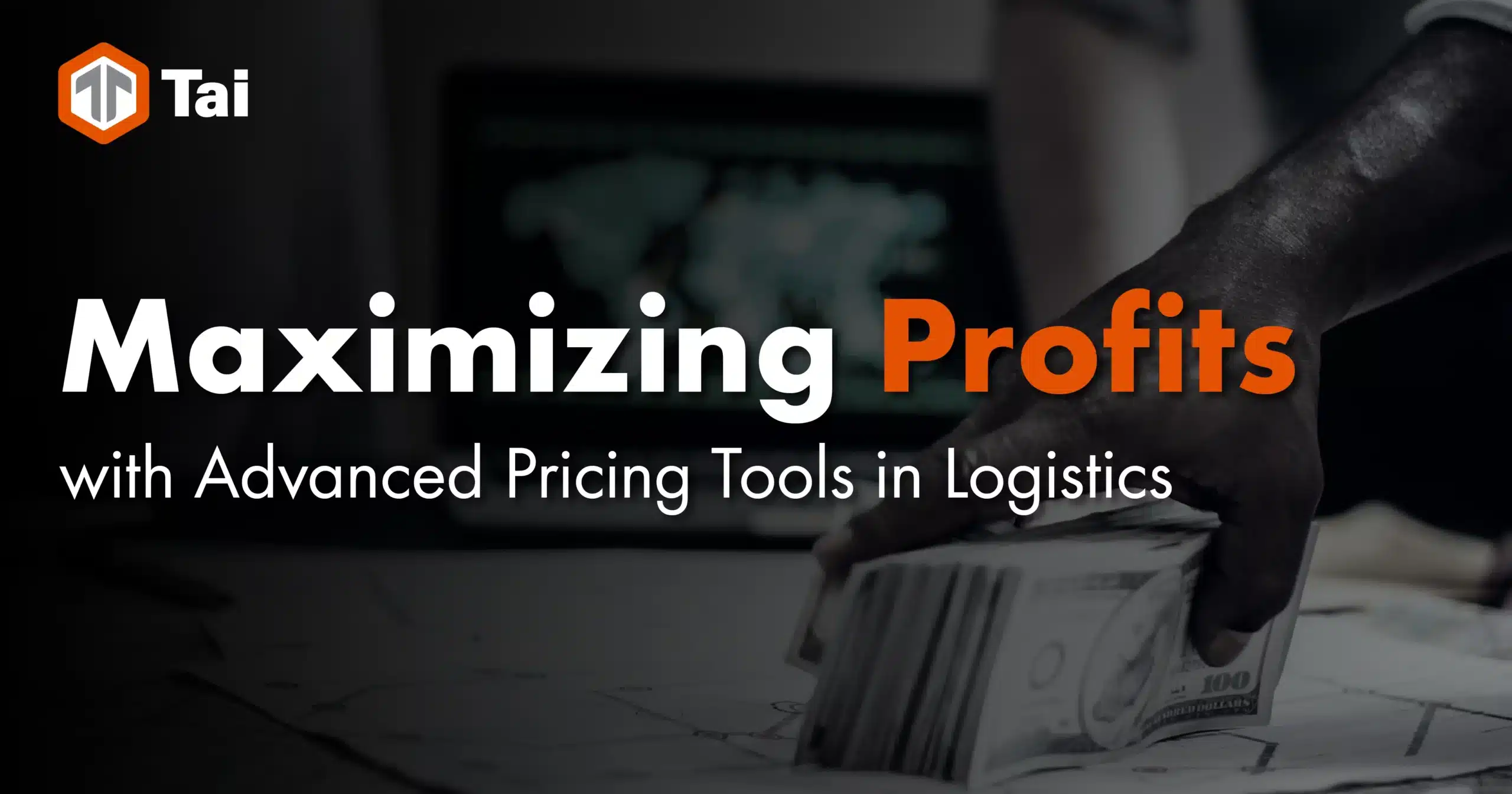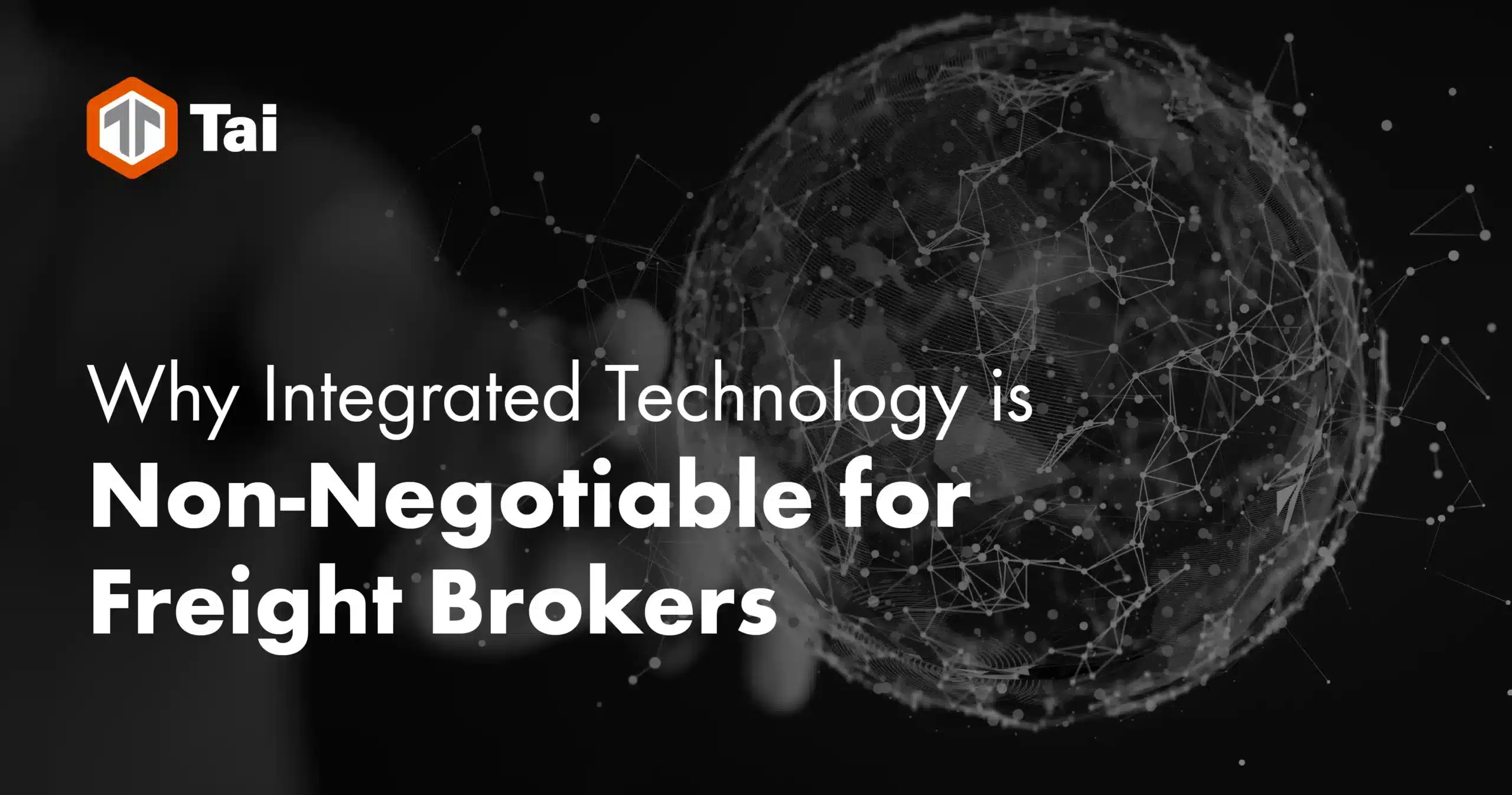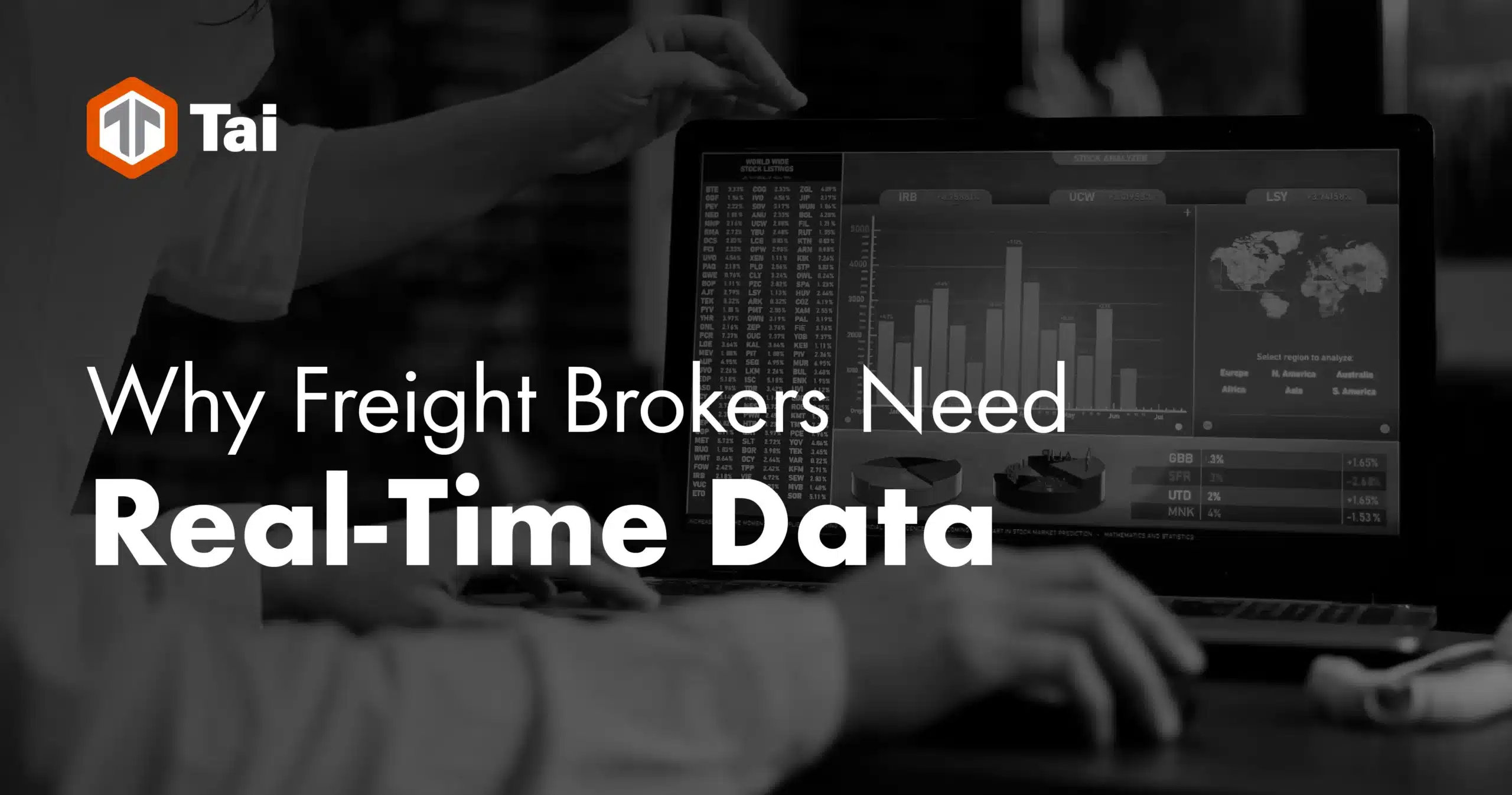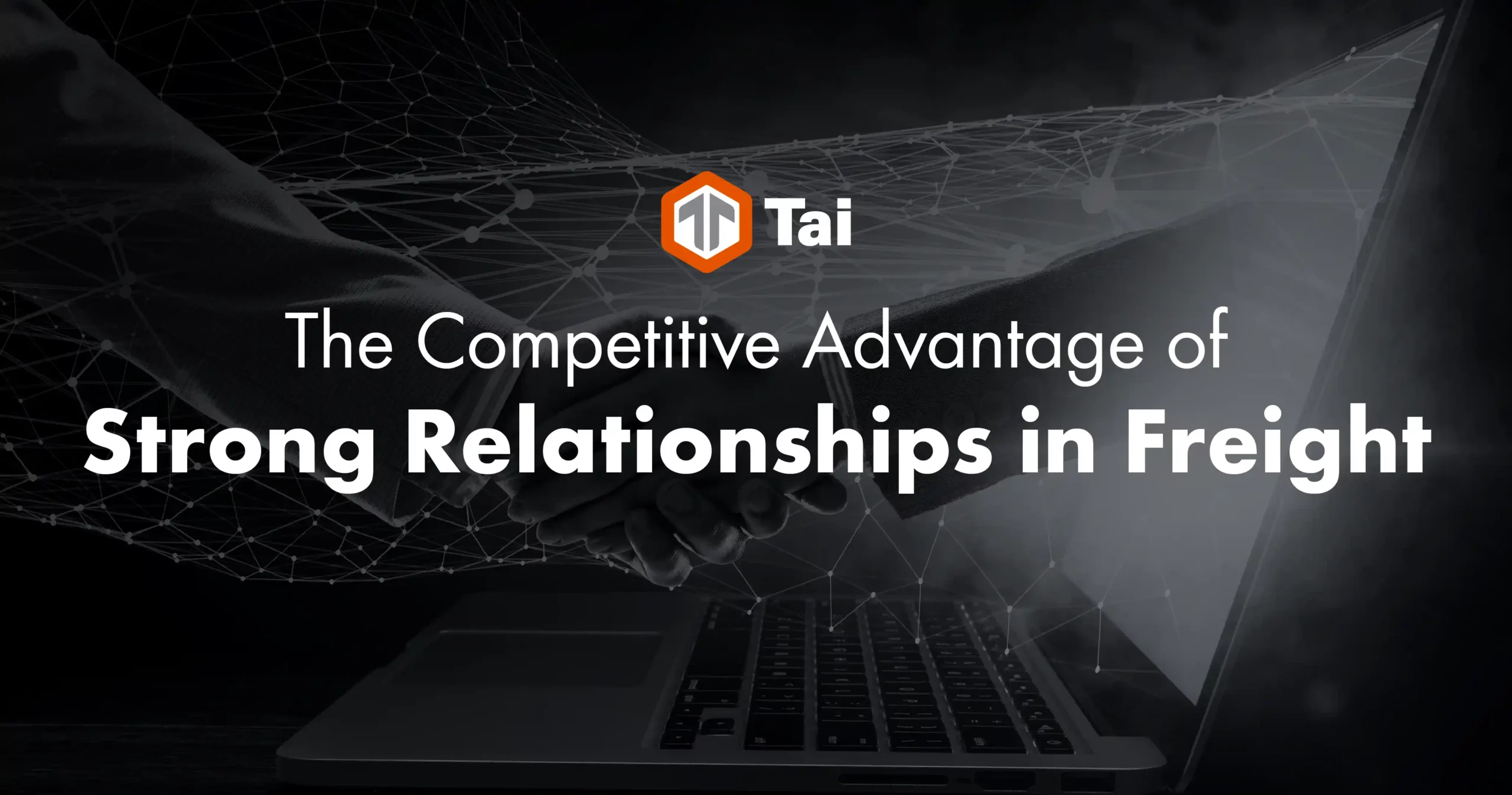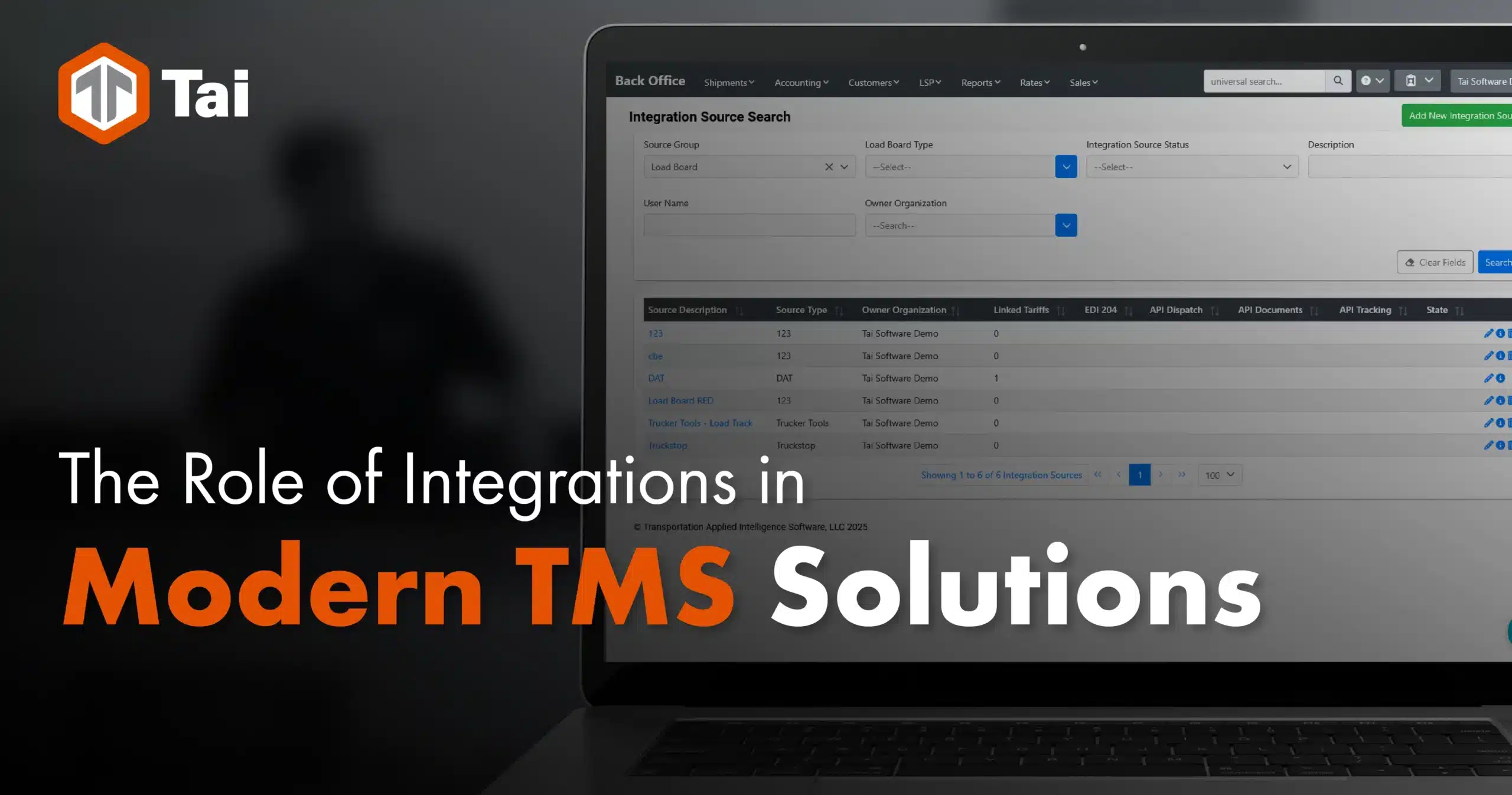Full Truckload shipping is often the best mode of transportation for those looking to ship using cross-border road transport. Also known as FTL or simply TL, full truckload freight shipping is often the cheaper and most straightforward mode of transportation. In 2021, the total market size of the truckload industry in the US is expected to reach over $196 billion. Over the past several years, the FTL market has seen a steady increase as a result of improving economic needs for inland freight transportation within the United States.
FTL freight transportation typically indicates two things. Firstly, it means that the shipper has cargo that’s large enough to fill the entire space of the trailer in terms of weight and/or volume. Secondly, it can mean that the products are hazardous and/or fragile. Without taking these two situations into consideration, the contract of an FTL can only be assigned to a single shipper at any given time. To be more precise, FTL is the type of shipping someone chooses when they have more than ten pallets or have over 15,000 pounds to transport at a given time.
As mentioned, FTL is an industry shorthand that stands for either full truckload or simply truckload. FTL deals with dry vans, flatbeds, or refrigerated truckload (reefer trucks) and handles a single dedicated shipment from a single shipper headed towards a single location.
Differences Between FTL and LTL
One of the best ways to understand FTL shipping is by comparing it to another mode of transport. This is known as Less-than-Truckload (LTL) and is where a shipper cannot fill an entire truck and will share space in the delivery truck with other shippers and distributors. These consolidated shipments are loaded onto a single truck and sent off to a warehouse in the destination region from where they will be sent to their final destination.
FTL is ideal for those with large volume products or those with sufficient cargo to fill an entire trailer. With the FTL method of shipping, distributors don’t have to share the truck space with others, and even though it may be more expensive than LTL freight shipping, the delivery time is typically much shorter. FTL is also ideal for wholesalers as well as for those handling raw materials, sensitive, or high-value freight. FTL shipping is also a mode of transport available in a wide variety of weight and volume capacities.
That said, there are circumstances when shippers can choose between either mode of transport, FTL or LTL. In those situations, the deciding factor typically boils down to either speed, security, cost, or performance.
Generally speaking, the most significant difference between FTL and LTL is that the latter gives the shipper higher cost savings when having to ship only a few pallets at a time.
When FTL Shipping is The Optimal Transportation Solution
Full truckload shipping is ideal for time-sensitive shipments. In a time crunch, FTL is often the default option for most shippers. With FTL freight shipments, the cargo will be traveling directly from the point of origin to its final destination on the most efficient shipping routes available. With LTL, shipments will have several stops along the way and will be transported into several different trucks and warehouses before they can reach their final destination.
Whenever security is of serious concern, FTL is usually the better option. Within such a straightforward path, only the people directly associated with the shipment will have direct access to handle freight. With LTL freight, the load will likely be taken on and off delivery trucks several times. This also means more handling, rearranging the cargo, and increasing the chance of damage. FTL shipping guarentees fewer stops and fewer people handling the cargo, which will result in less risk of damage or items going missing.
If there are fewer stops and fewer risks overall, there will be fewer opportunities for delays when dealing with FTL shipments. By also removing the risk of any unexpected delays, on-time pick up and on-time delivery performance will also improve.
Generally, the bigger the shipment in terms of weight and/or size, the more efficient it is to transport it by FTL. If all other factors remain the same, an FTL shipment will be less expensive to transport than the same freight volumes split into smaller LTL freight shipments. In other words, if shippers have enough freight to make up a full or a nearly entire truckload shipment, it’s usually the more cost-effective option.
When FTL Is Not Ideal To Ship Freight
When shippers have smaller loads that are less than 15,000 lbs. of freight and/or are made up of fewer than ten pallets, then FTL shipping may not be the way to go. In these types of situations, less than truckload shipping is the more cost-effective option. If the shipment is within the size and weight range that could qualify it as both FTL or LTL, shippers, freight brokers, and freight forwarders should evaluate the shipment based on other factors such as time sensitivity and carrier available capacity. If time is not of genuine concern, then shippers don’t have to suffer one of LTL shipping’s most significant drawbacks.
The Advantages of FTL
To summarize, FTL freight transportation is seen as a more expensive shipping method. FTL is accompanied by numerous benefits, as some are highlighted below:
- FTL is the more efficient road transportation option for large and/or heavy cargo shipments.
- FTL shipping is optimal when transporting fragile products or those that are hazardous and deemed as high risk.
- FTL ensures further security by keeping the cargo in the same vehicle over the entire transport.
- FTL is also considered the faster alternative, especially when compared to LTL shipping.
The Disadvantages of FTL
Despite having some key benefits, FTL also has its series of drawbacks that may influence shippers in choosing a different mode of transport. Among these, are following:
- FTL is not cost-effective for shippers with smaller quantities of freight that need to be transported.
- FTL is typically less flexible when it comes to the movement of goods.
- There are, generally, fewer value-added services such as liftgate or handling.
- FTL is considered to be less efficient by comparison to LTL. This also means that FTL shipping generates more carbon emissions. With consolidated shipping, such as LTL, businesses can lower their environmental impact by sharing the delivery truck space with other shipments.
- Because of the driver shortage, the FTL industry tends to favor the long-distance truck drivers over the shippers since the number of shipments available on the market is higher than the number of available drivers.
- With FTL, it’s also more difficult to get drivers to be tracked by freight brokers. This trend also has a negative effect on shipment visibility, which can increase uncertainty in the market.
- The FTL sector also suffers from a lack of automation, which can reduce efficiency and visibility in the industry.
To Summarize…
When choosing the ideal shipping method, shippers and third parties such as freight brokers and other 3PLs will have to consider several factors. These include the shipping budget, type of shipment being sent, the size and weight of the shipping goods, as well as the shipment’s priority.
Some products might experience damage while in transit. Other goods can also be sensitive to temperature. Fresh products or frozen foods will require the use of reefer trucks. In other cases, there may be goods that have a large volume but are incredibly fragile. In this case, FTL can often be the optimal choice.
FTL freight transportation is also considered the ideal choice for many industries. While these industries can be different from one another, they share certain commonalities, such as the need to ship a large number of items to and from a given area. There’s also the movement of large quantities of industrial goods, bulk food types, and raw materials.
How Tai Software Can Help
Freight brokers and other stakeholders in the FTL industry will need to use state-of-the-art digital technology capable of optimizing the entire truckload process and minimizing its disadvantages. As a transportation management system (TMS), Tai Software is a centralized platform that allows users to manage their entire FTL workflow from a single place.
It helps to create loads and source coverage from the broker’s own network and sort that network based on the carrier’s preferences. Load boards are directly integrated so that users can post loads from a single page within Tai’s automated tool. Carrier bids also feed directly into the system, allowing users to quickly and effectively onboard new carriers. Their details will also be automatically conveyed to onboarding teams. All of these features help to simplify workflow, increase savings, and facilitate scale.
Tai Software also gives the users’ clients unmatched visibility into their shipments. This increases customer service and satisfaction while also minimizing the incidence of theft. With the Tai Mobile app, the platform manages to improve tracking by continuously updating directly into the self-service client portal and provides all stakeholders with on-demand visibility and reassurance.
Tai TMS quickly onboards new carriers and tracks their compliance details. This helps widen the freight broker’s network and instantly find load coverage. The platform easily integrates with most standard industry software, allowing users to gather data from multiple sources, eliminate and streamline cumbersome processes, and ensure carriers are fully verified without breaking up their workflow. With a dedicated team of logistics software experts with over 20 years of freight software experience, the Tai TMS team is here to ensure your success. Request a free demo today!

